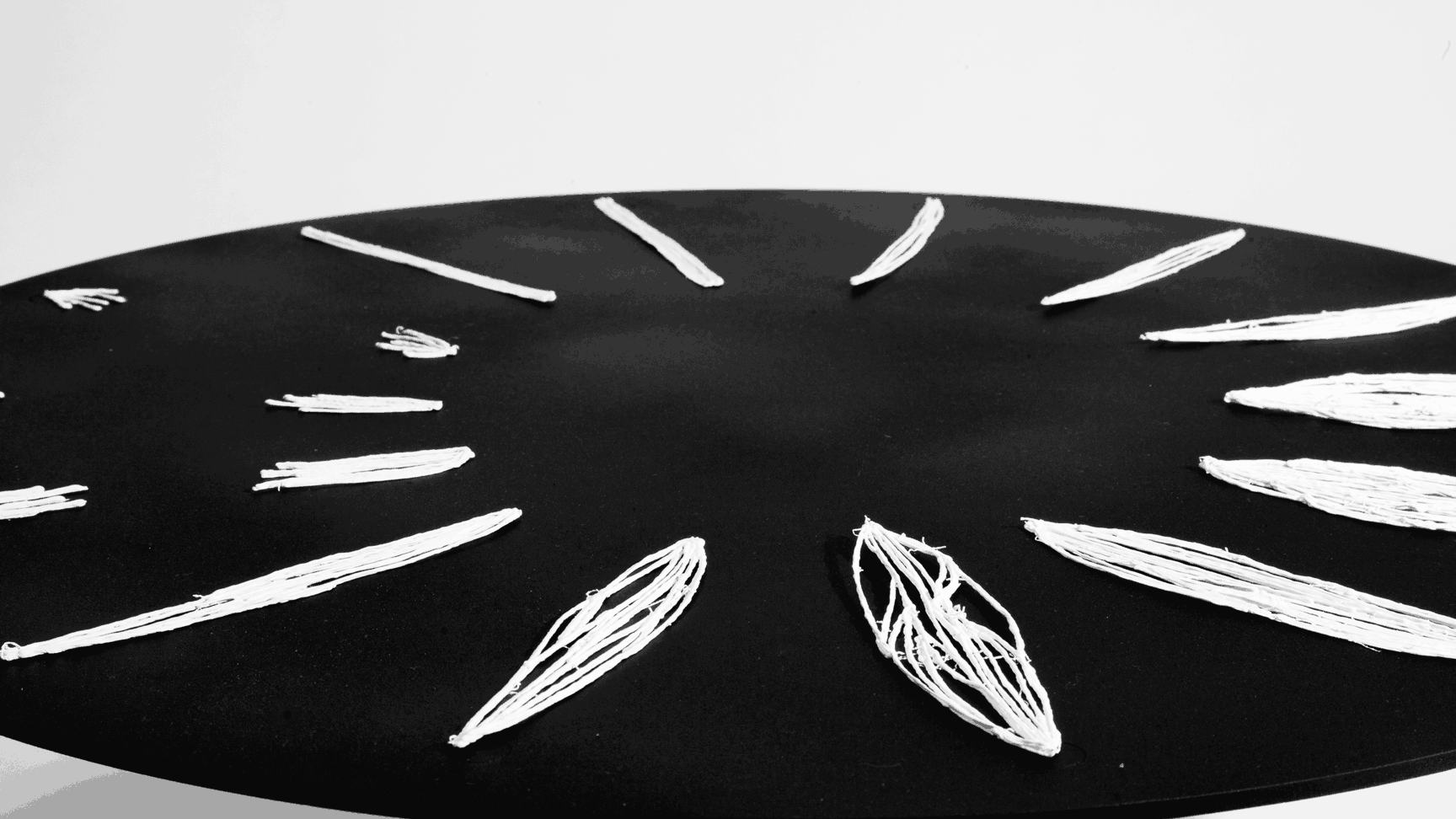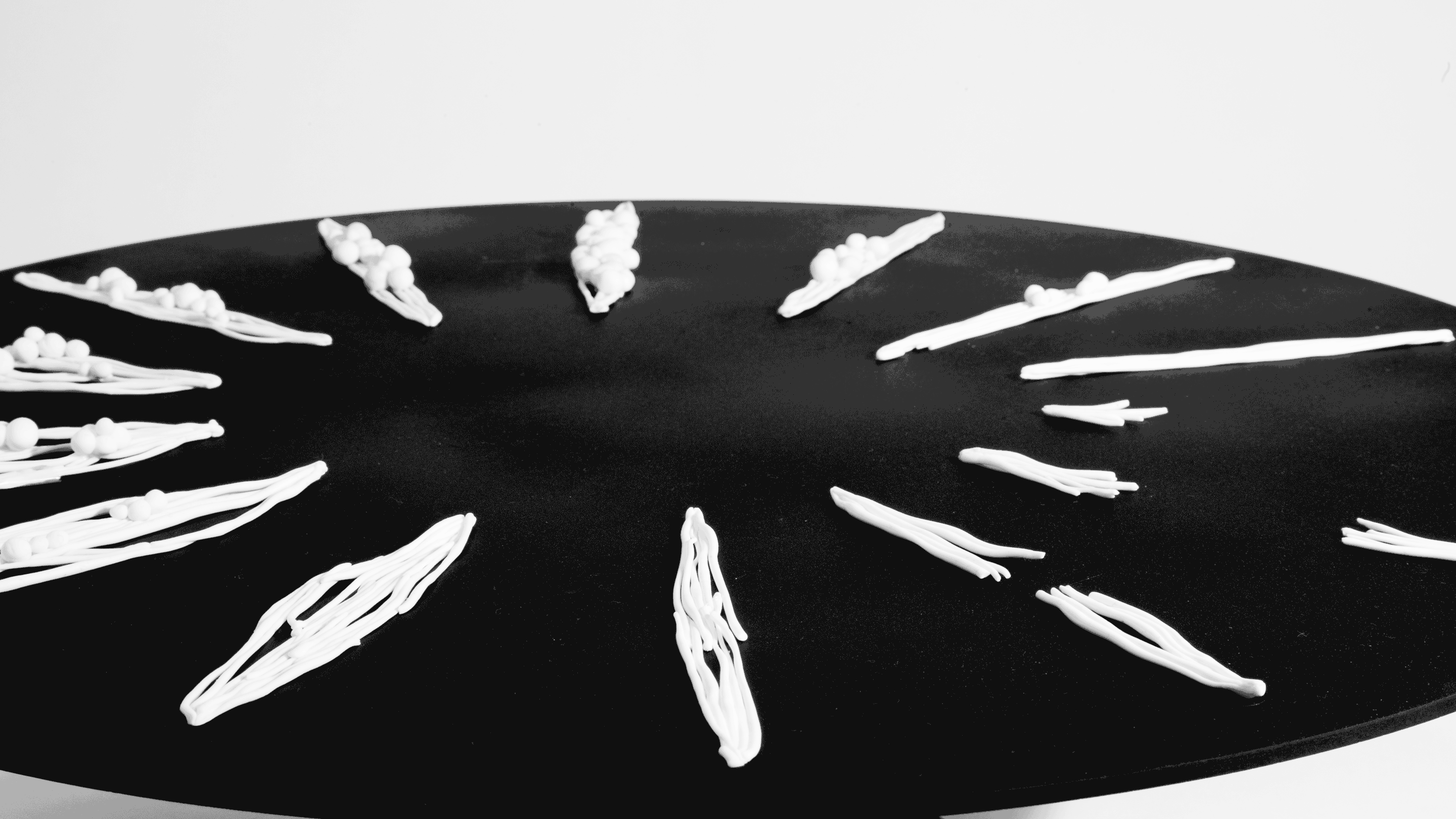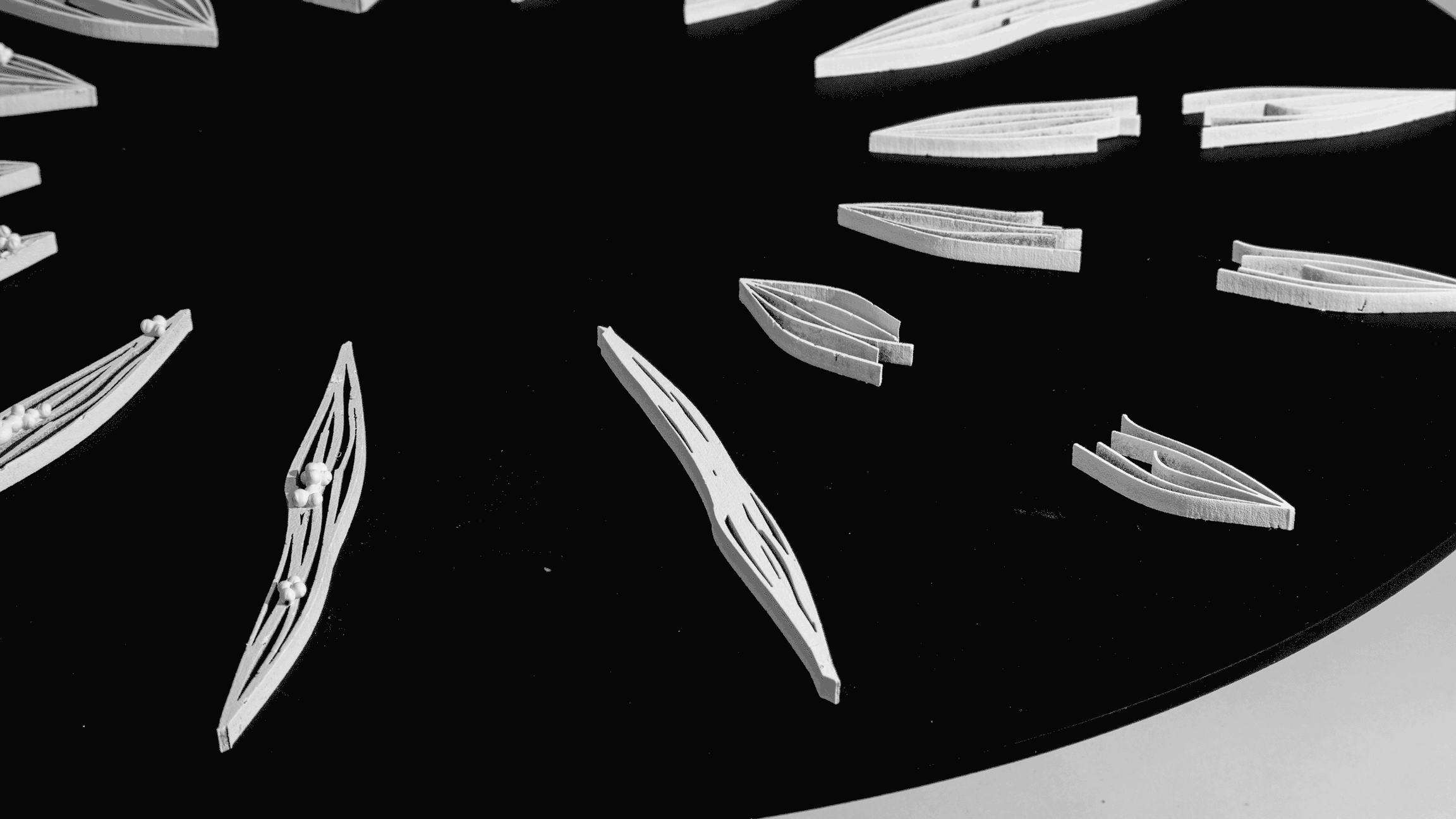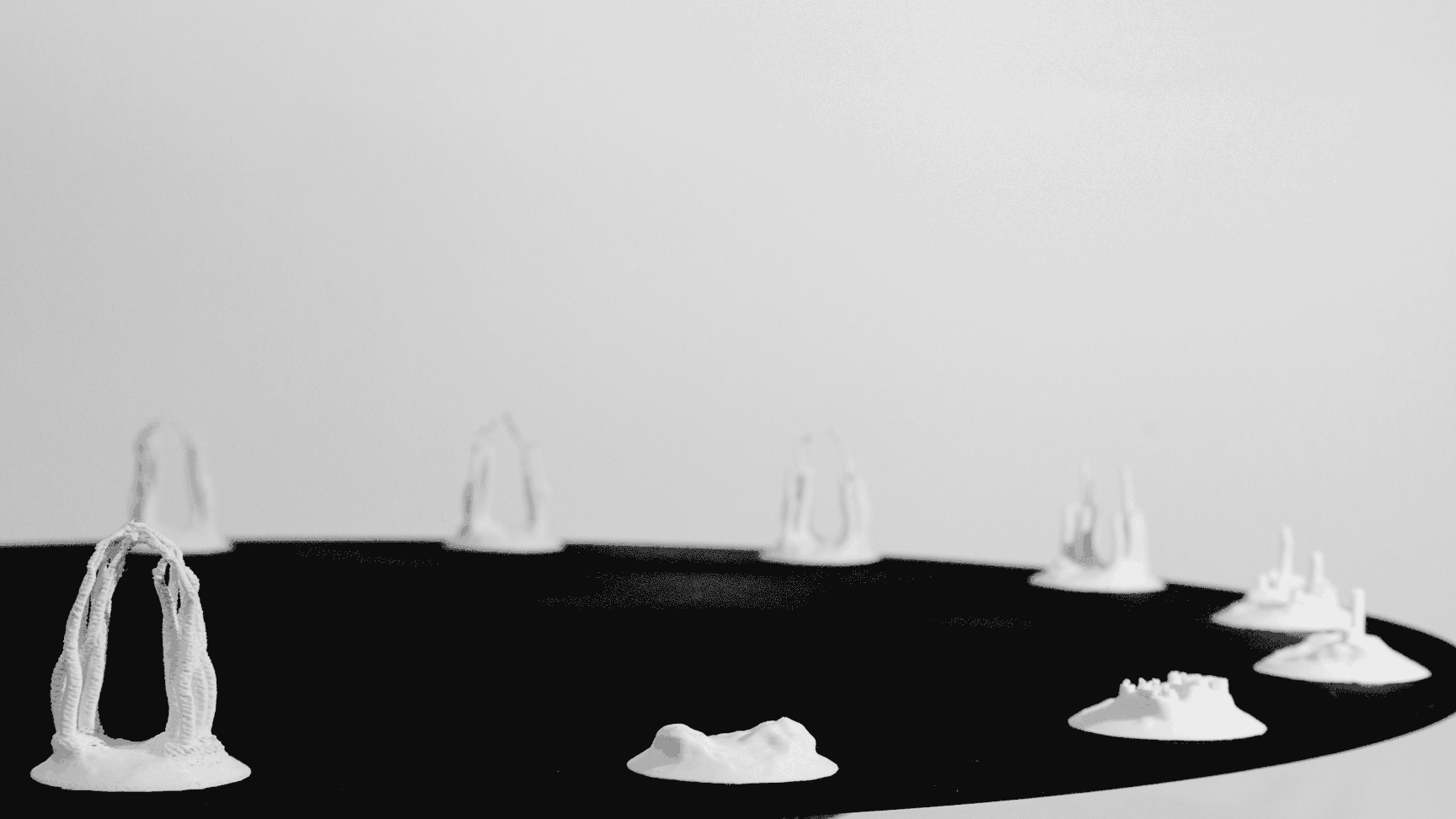
For this module, we look in the properties of fibers, their different forms, their behavior and their application. We explore the question what we and society wants in the future and what role new fibers could play. We first started with quick experiments trying to produce fibers from different materials and methods.
During research, we learned that the cotton industry is the second largest polluter, destroying land as well as human lives. Today’s consumer society takes shape by buying goods. A massive driving force is the fashion industry, that not only
stimulates us into buying more and more but also designs its products with a planned lifespan - ending next season.
Clothing is an instrument of personal expression, which becomes evermore important in our growing, anonymous society. Because
of this special relationship we have it is difficult to lower consumption on a large scale. We have to explore our relationship with clothing by not only questioning our consumption but also the production industry as a whole - from the source material to the distribution.
What if because of emerging technology there is no need for cotton production anymore? We imagine a future, where the
cotton is no longer needed due to new production methods and source materials. Where fibers are produced from and consist of
bacteria and have properties we are used to today and wish for. This fiber may be able to grow together - self healing - and have
properties like strong stretchability and the ability of respond to environmental influences. Because this fiber is alive, it adapts to our body. Changing with it in a symbiosis and nourishing from our sweat and dead skin cells and in return protecting our body from the environment.
This may change our relationship with clothing and our behavior as a consumer, possibly reducing consumption to a point, where
we begin to shift away from consumer society as we know and live it today.
To break this down, we decided to show the self healing property with our zoetrope.
Material: zoetrope, 3D-printer, pimo, laser cutted, MDF, glue, styropor









Lecturers:
Clemens Winkler | Luke Franzke
January 2017
Zurich University of the Arts
Digital Fabrication | 1st Semester
Cooperation:
Michelle Schmid | Dominik Szakacs | Duy Bui